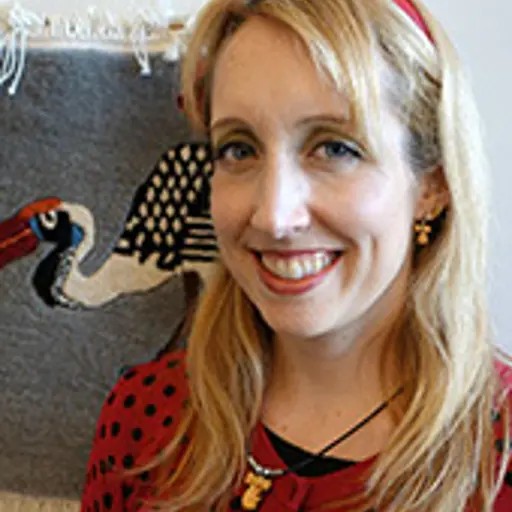The course syllabus contains changes
See changesCourse syllabus adopted 2024-02-08 by Head of Programme (or corresponding).
Overview
- Swedish nameFouriermetoder
- CodeMVE290
- Credits7.5 Credits
- OwnerTKKEF
- Education cycleFirst-cycle
- Main field of studyChemical Engineering with Engineering Physics, Mathematics, Engineering Physics
- DepartmentMATHEMATICAL SCIENCES
- GradingTH - Pass with distinction (5), Pass with credit (4), Pass (3), Fail
Course round 1
- Teaching language Swedish
- Application code 54117
- Maximum participants110
- Open for exchange studentsNo
- Only students with the course round in the programme overview.
Credit distribution
Module | Sp1 | Sp2 | Sp3 | Sp4 | Summer | Not Sp | Examination dates |
|---|---|---|---|---|---|---|---|
| 0109 Examination 6 c Grading: TH | 6 c |
| |||||
| 0209 Written and oral assignments 1.5 c Grading: UG | 1.5 c |
In programmes
- TKKEF - CHEMICAL ENGINEERING WITH ENGINEERING PHYSICS, Year 2 (compulsory)
- TKTEM - ENGINEERING MATHEMATICS, Year 2 (compulsory)
Examiner
 Julie Rowlett
Julie Rowlett- Professor, Analysis and Probability Theory, Mathematical Sciences
Eligibility
General entry requirements for bachelor's level (first cycle)Applicants enrolled in a programme at Chalmers where the course is included in the study programme are exempted from fulfilling the requirements above.
Specific entry requirements
The same as for the programme that owns the course.Applicants enrolled in a programme at Chalmers where the course is included in the study programme are exempted from fulfilling the requirements above.
Course specific prerequisites
Real analysis, Multivariable analysis, Linear algebra, Complex mathematical analysis.
Aim
The course introduces Fourier methods in the program. These methods are powerful mathematical tools in technology and science.
Learning outcomes (after completion of the course the student should be able to)
After completing the course, the student will be able to:- Solve partial differential equations using variable separation as well as Fourier and Laplace transformers.
- Constructively apply a selection of the methods: hilbert spaces, orthogonal systems, eigenfunctions and Fourier series expansions, eigenfunction expansions with Sturm-Liouville problems, Bessel functions or orthogonal polynomials to solve partial differential equations, calculate sums and integrals, and approximate functions.
- Decide which method is best suited to solve a problem, based on the physical and geometric properties and nature of the problem.
- Classify partial and ordinary differential equations and determine which method is best suited to solve an equation based on its classification.
- Identify some specific examples of applications of Fourier methods and justify how Fourier methods are used to create value in society.
Content
Introduction to the variable separation method. Trigonometric Fourier series and their convergence. Examples of boundary value and initial value problems for partial differential equations. The wave equation, the heat conduction equation and the Laplace and Poisson equations. Orthogonal function systems and general Fourier series. Bessels inequality, Parseval's formula, completeness, Sturm-Liouville eigenvalue problems. The variable separation method for solving partial differential equations. Different methods to solve inhomogeneous problems. Physical examples. Bessel functions. Solving problems in cylinder coordinates. Orthogonal Polynomials: Legendre- Hermite and Laguerre Polynomials. Solving problems in spherical coordinates. Fourier transforms: properties, convolution, Plancherel's formula, applications to signal processing, the sampling theorem. Application of Fourier and Laplace transforms to solving partial differential equations. Discrete Fourier transform, FFT algorithm.Organisation
The teaching consists of scheduled lectures and exercises, 6 hours of lectures per week, 2 hours of large group exercises, and 2 hours of small group exercises. There is a hand-in assignment and a presentation.Literature
Custom course book plus some additional material.
Examination including compulsory elements
A written or digital 5 hour exam. A hand-in assignment and a presentation.
The course examiner may assess individual students in other ways than what is stated above if there are special reasons for doing so, for example if a student has a decision from Chalmers about disability study support.
The course syllabus contains changes
- Changes to module:
- 2025-01-13: Digital exam No longer digital exam by E Eriksson
[0109 Examination 6,0 credit] Changed to no digital examination inspera
- 2025-01-13: Digital exam No longer digital exam by E Eriksson